The Home Lovers’ Guide to House Plant Care: 2021 Edition
As the UK’s love of home improvement continues to grow, an analysis of over 12.7 million Google searches has revealed our favourite house plants - and selection is varied, to say the least!According to the data, our top houseplant choices include Instagram favourite monstera deliciosa (cheese plant) and spider plants.
In this guide, we’ve partnered with gardening expert Henry Scott, of landscape and garden design studio Pehrsson Scott, to bring you the most comprehensive guide to potting, watering and positioning your plants for health, wellness and longevity.
Our aim is to increase awareness for the importance of proper plant care. We’re also very grateful to Tim Hollis, Head of Buying at the Royal Horticultural Society (RHS), who explains the benefits of plants:
“As well as looking good, houseplants support human health in homes, offices, school and hospitals. Research suggests that the greatest benefits of indoor plants are through wellbeing and productivity improvement. There is discussion around their influence on indoor air quality. Choosing the right indoor plant for the right space is really important as light and amount of water given to certain varieties is key to their growth and survival.”
You can also find our latest collection of planters, terrariums and planters here.
1. Spider plant
The spider plant is the UK’s favourite houseplant. Considered to be amongst the easiest to care for air-purifying plants, they tend to be found adorning our bathrooms and kitchens thanks to their hardiness and ability to thrive in moist environments.
They’re also highly effective in removing chemicals such as carbon monoxide, xylene, formaldehyde and toluene from the air - making for healthier, happier homes.
Their foliage is bright, and comes in either a solid green or green with white tones, making them very striking.
What our designers say: Spider plants are really visual thanks to their colours and spiky leaves. An iconic plant can stand up to a more quirky plant pot so don’t be afraid to go for bold colours and prints. A hanging planter can be really good to make the most of the longer leaves - consider something bold like the Frida, or our rainbow hanger.
Advice from a plant doctor: The spider plant is one of the easiest plants to care for. Use a free-drainer rather than a clay pot, so it has room to grow. Fluoride can harm a spider plant, so instead, consider using a mixture of compost, coarse sand, loam, and peat.
Size of pot needed: 10-15cm (4 -6 inches)
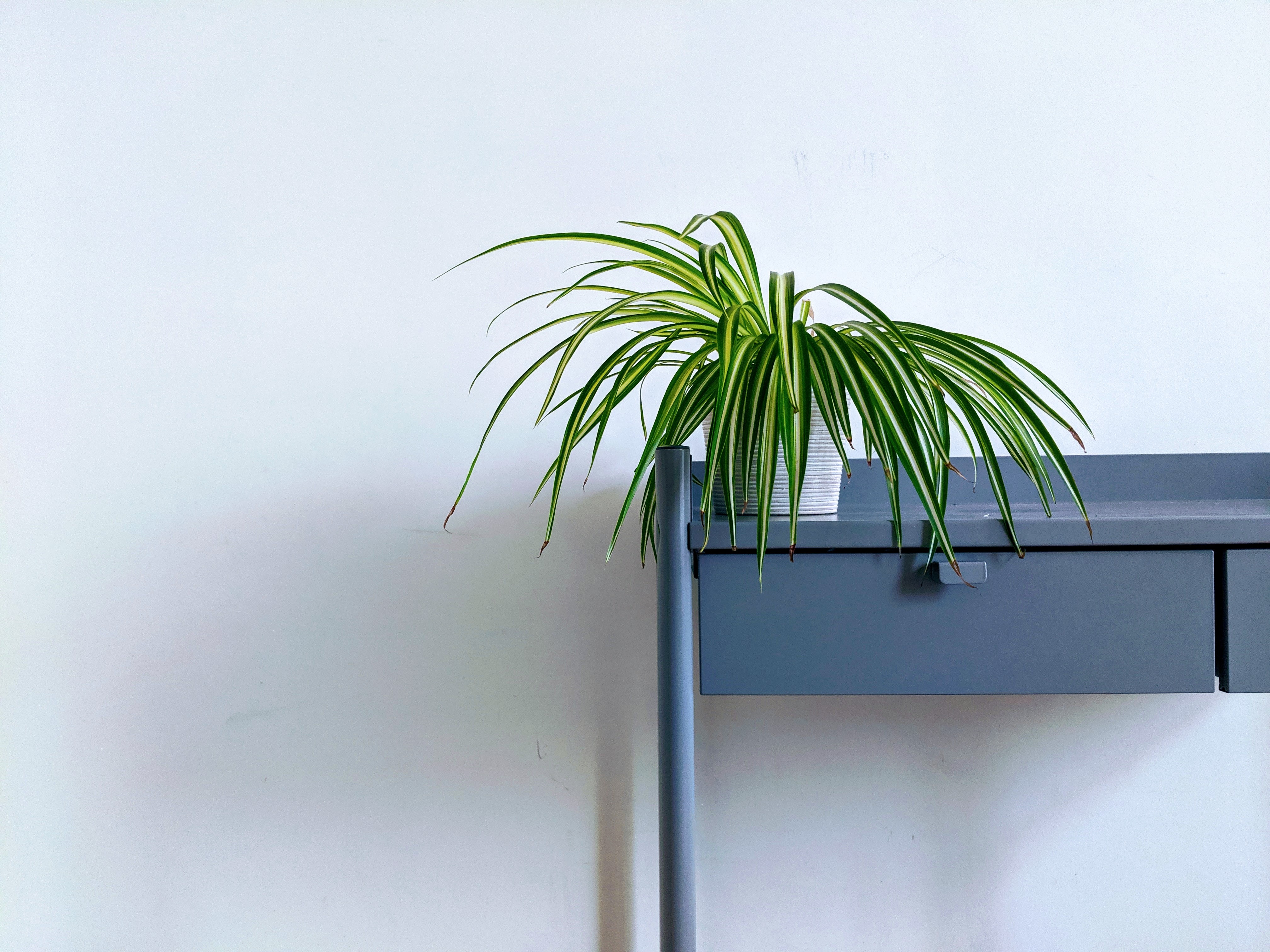
2. Philodendron
Originally found in tropical, frost free climates, philodendrons are celebrated as indoor plants thanks to their ability to absorb even the smallest amount of light and water through their large, dark green leaves. That means they can thrive in almost any room, bringing a burst of green to almost any corner of your home.
They prefer indirect light as direct sun can be damaging to their leaves. Misting your philodendron regularly will help it to thrive as it mimics the tropical conditions they’re used to.
What our designers say: The solid green colour of the philodendron is very bold in itself so it’s best partnered with a more muted pot design. It can work as a hanging plant, but we think its chunky structure and imposing size make it better suited to a grounded pot - something like our basket planter would work well.
Advice from a plant doctor: The philodendron needs plenty of sunlight, so choose its location carefully. Always use a houseplant fertilizer that contains macro-nutrients.
Size of pot needed: 15-20cm (6-8 inches). However, since they vary in size, a good rule of the thumb is to have a pot about 2 inches larger than the root ball of the plant.
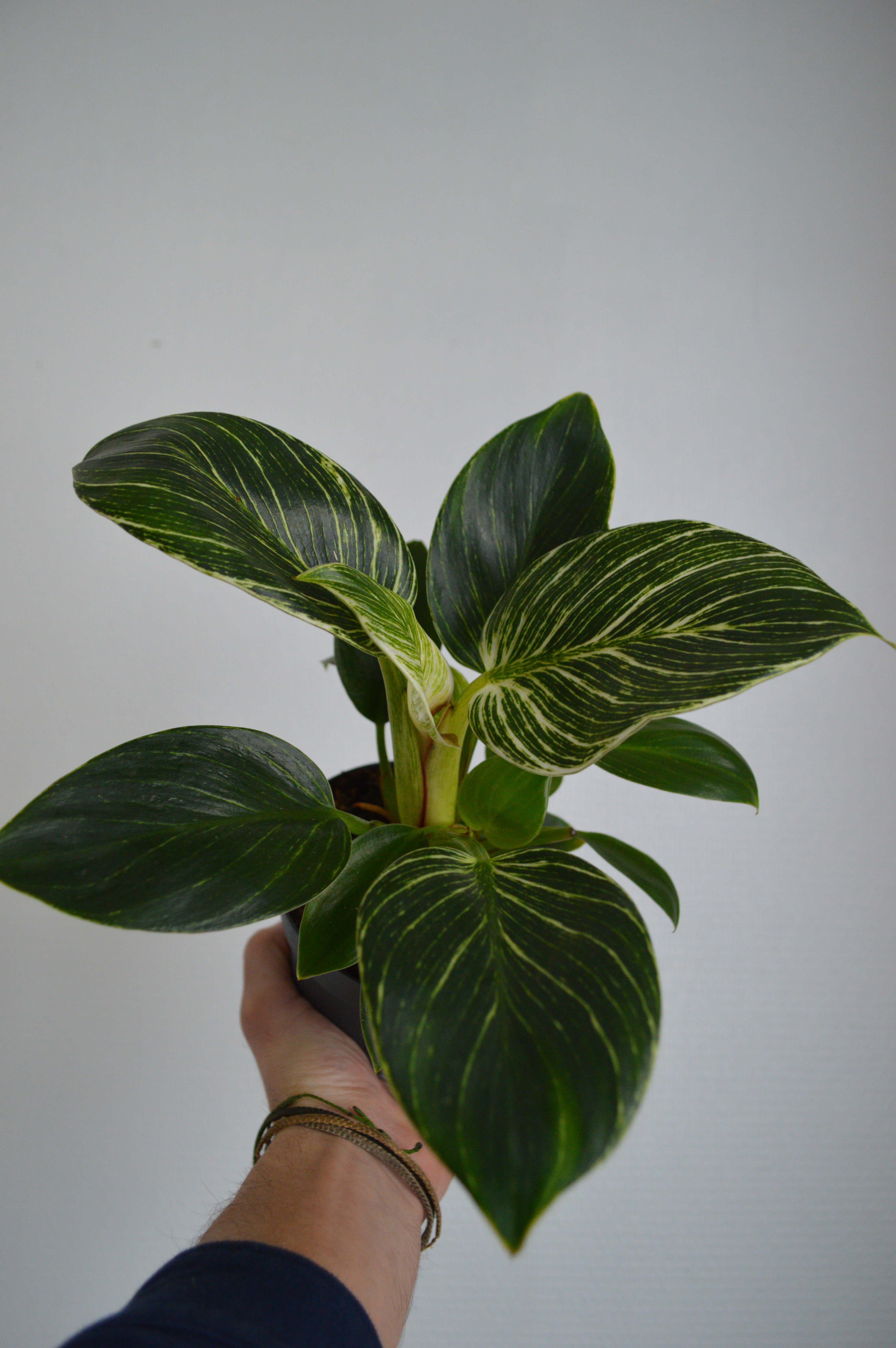
3. Palm
The palm is the third most popular plant according to our data. It’s known for being very tolerant to shade so it can handle being in slightly darker spaces - making it a great option for anyone looking to upgrade a shady spot.
They are perfect for any first-time plant parents - not only does it survive in limited light, but it’s also pretty easy to care for and copes well in cooler environments (in case you wanted to spruce up your office space).
Naturally, the palm looks impressive and leafy, but it also works hard to remove any nasty toxins from the air and increase oxygen levels.
What our designers say: The green leaves of the palm fan out and can (slowly) grow to a tall height, so we suggest that you find an understated, timeless pot in a neutral shade, and avoid re-homing the palm too often.
Advice from a plant doctor: The palm needs indirect but fairly bright sunlight. When watering a palm, always do it moderately. The soil needs to be constantly moist but never dripping wet
Size of pot needed: 3-5 gallons (11-18 litres).
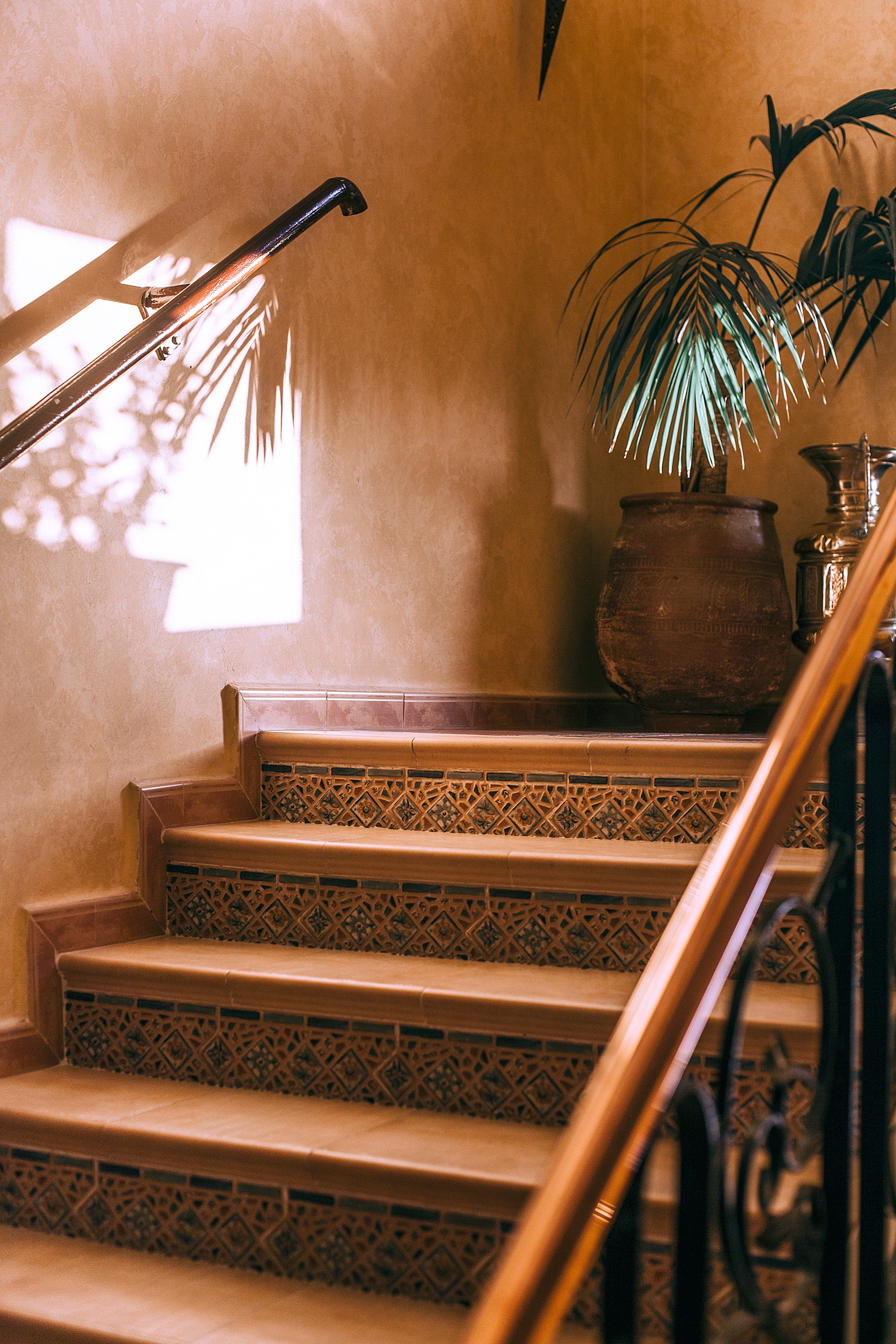
4. Fern
With their delicate and lace-like leaves, fern plants are used to living on the forest floor under the shelter (and shade) from the bigger trees hanging above. Moist air is their soulmate, so they can’t just be abandoned in any old room. Ferns are best suited to bathrooms or kitchens where they’ll get a steamed facial from time-to-time, requiring that extra bit of TLC to avoid any brown leaves.Don’t go overkill with the water though - our range of plant misters will give the fern its perfect spritz-quota to keep the roots moist (without completely drowning it in the plant pot!).
What our designers say: This exotic plant is deserving of a pot that showcases its beauty. Ferns are extremely forgiving plants - but it’s not worth choosing the wrong pot either. The leafy greens would look impressive perched in a hanging planter, like our black striped seagrass or an Instagram favourite, the black geo zinnia.
Advice from a plant doctor: Ferns love humid conditions and wilt in dry ones. Therefore, place the pots on trays of damp pebbles. It is also a good idea to mist them periodically.
Size of pot needed: 4-5 Inches (10-13 centimetres).
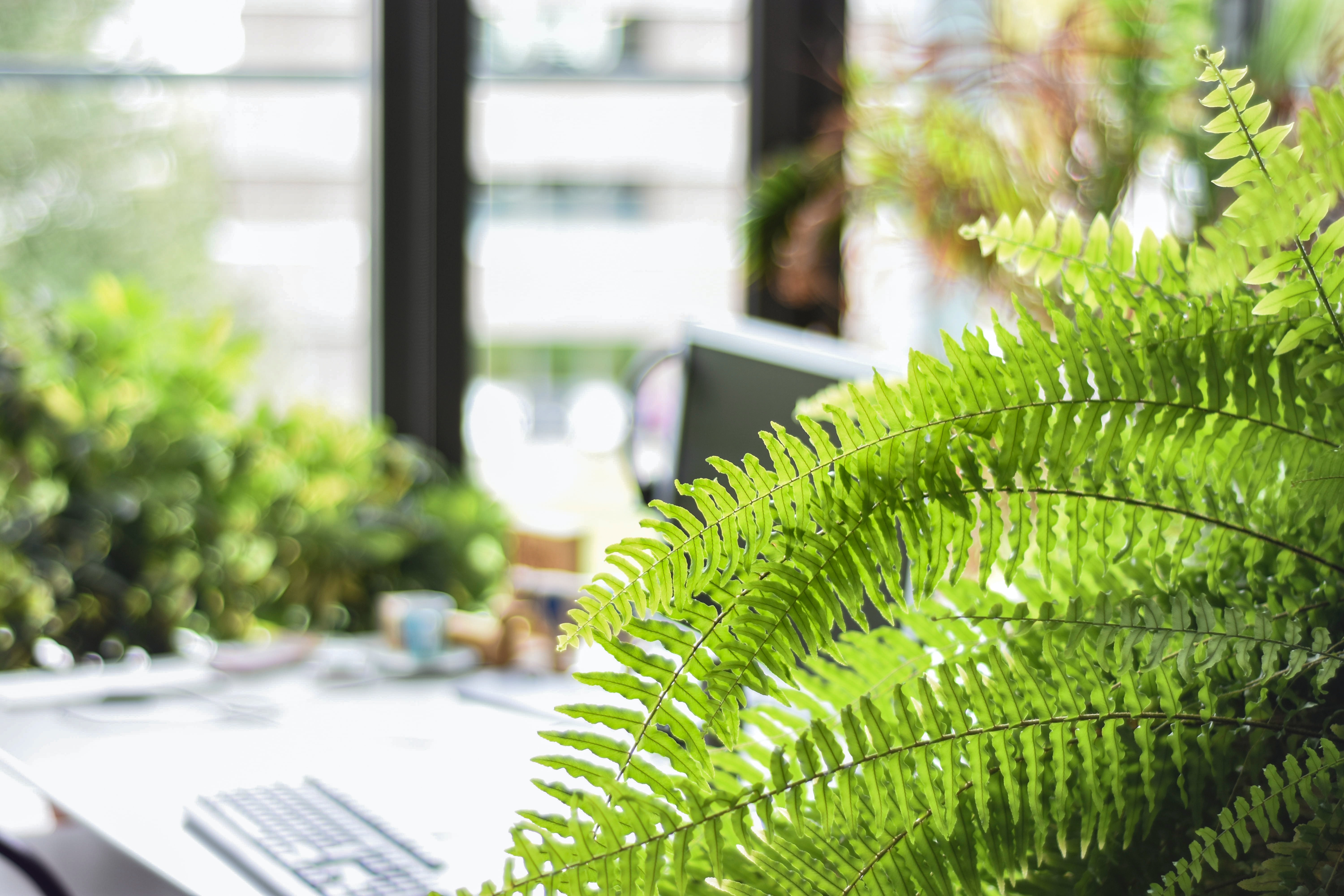
5. Bamboo
Ranking at number 5 for the most popular house plant is bamboo. Their foliage can range from bold green to subtle golden tones, and will happily soak-in as much light as possible. While they look magnificent in the wild, bamboo plants can be quite a handful to care for in the home, and require some patience (and humidity) to grow to their full potential.
Finding the balance between overwatering and underwatering is a fine art, so spraying bamboo with a plant mister - inscribed with ‘I will survive’ - can hopefully pull a plant parent through any particularly testing times...
What our designers say: As a proud parent for bamboo, try not to forget the roots of this plant and be inspired by the Asian landscapes, and pick out a deep ceramic planter with a glossy finish.
Advice from a plant doctor: Give the bamboo plant at least 1 inch (2.5 centimetres) of water every week, preferably avoiding water with fluoride. The trick with bamboo is to get the water as deeply into the root as possible.
Size of pot needed: 20-30 gallons (75-115 litres).
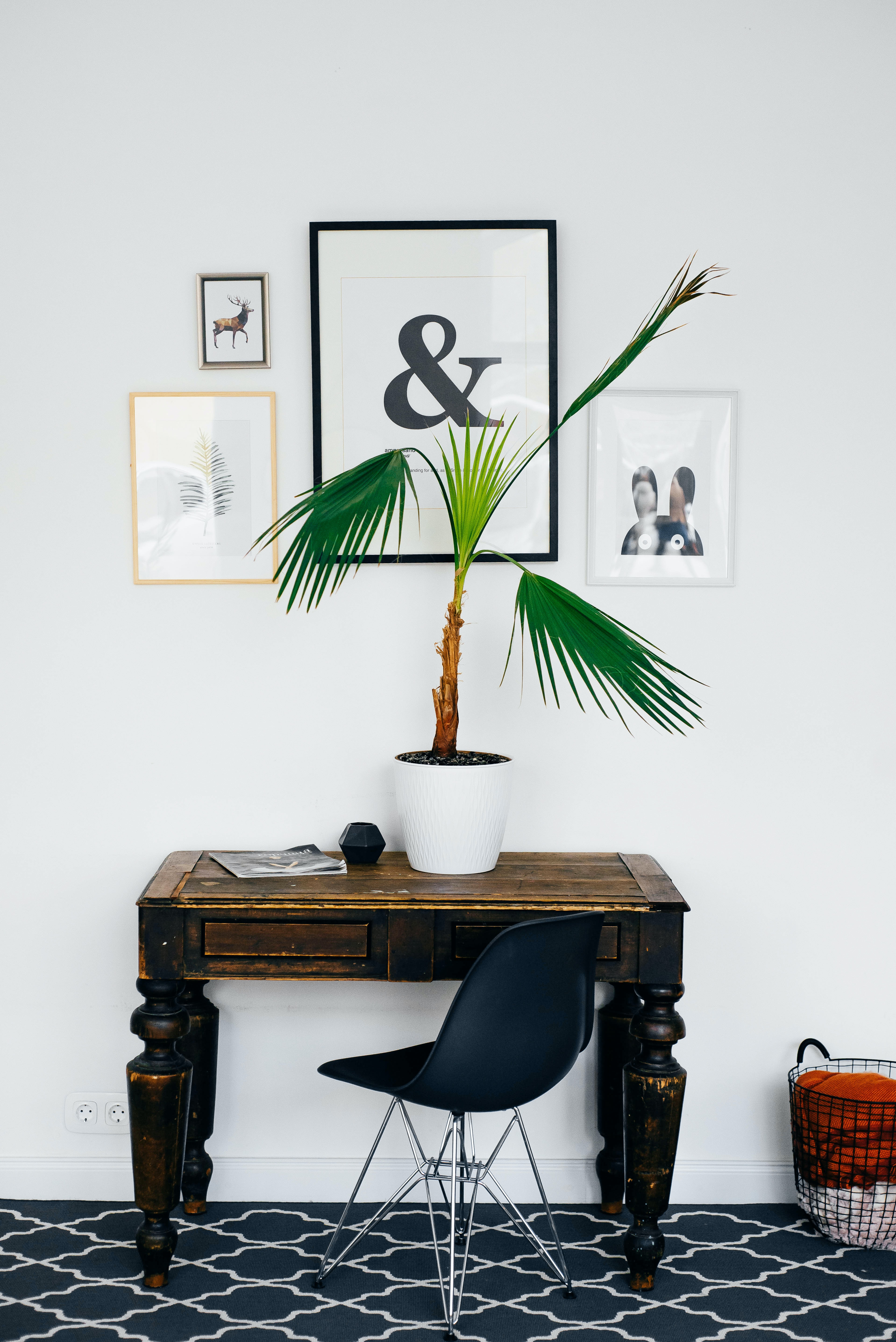
6. Jasmine
Jasmine is a houseplant to be celebrated, it not only fills a room with a perfumed scent but also lifts the space with white flowers; often trained to obediently grow around a hoop. As much as 6 hours of light a day is recommended for this plant, so don’t be afraid to sit it on your windowsill.
It’s important not to soak the soil - it should be moist (not wet), and the classic “finger prod” is a good test for soil dryness.
Jasmine may appear delicate and pretty, but the plant has a wild nature and is known for its climbing capabilities. Luckily for the plant parent, Jasmine is easy enough to tame with occasional repotting and pruning.
What our designers say: With busy and floral foliage, this plant is a show-stopper in all its natural glory. But a textured, neutral-white pot, like our concrete planter, would enhance the colour of the Jasmine petals.
Advice from a plant doctor: The jasmine plant responds poorly to cold, so keep it at a steady and warm temperature. One important thing to watch out for is spider mites, so use a horticultural oil as a preventive method.
Size of pot needed: 6 inches (15 centimetres).
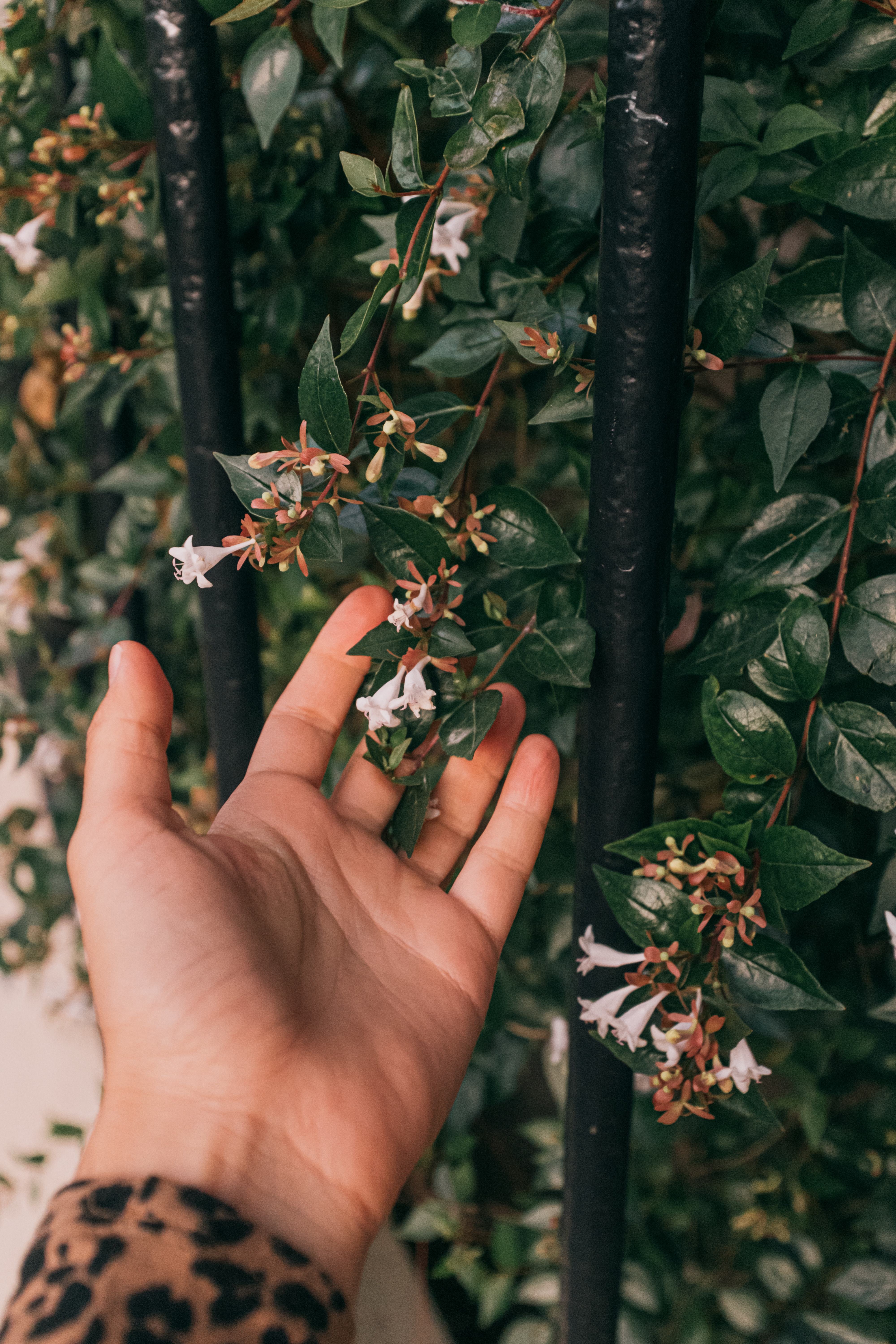
7. Yucca
The yucca plant is surprisingly low maintenance considering its bold appearance - perfect for the typically more lazy plant parents.
Plant parents often go wrong by letting this plant sit heavy in a pot of water - and the yucca doesn’t cope well with a bath. But if cared for and homed in a bright light, it promises years of luscious greenery, growth at a stress-free rate and survival in dry periods - but will stand up against any paw-ing pets. This plant can also grow another member of its yucca-family, and will happily share its pot too.
What our designers say: Yucca is all about its character and will boost any mundane room with a tropical twist. With this in mind, you wouldn’t want the pot to shout out for attention too, so a slate grey planter will suffice.
Advice from a plant doctor: Yucca plants need far less water in the winter than in the summer. The same applies to fertilizer, which needs to be applied monthly in spring and summer but is unnecessary during winter.
Size of pot needed: 9-10 inches (22-25 centimetres).
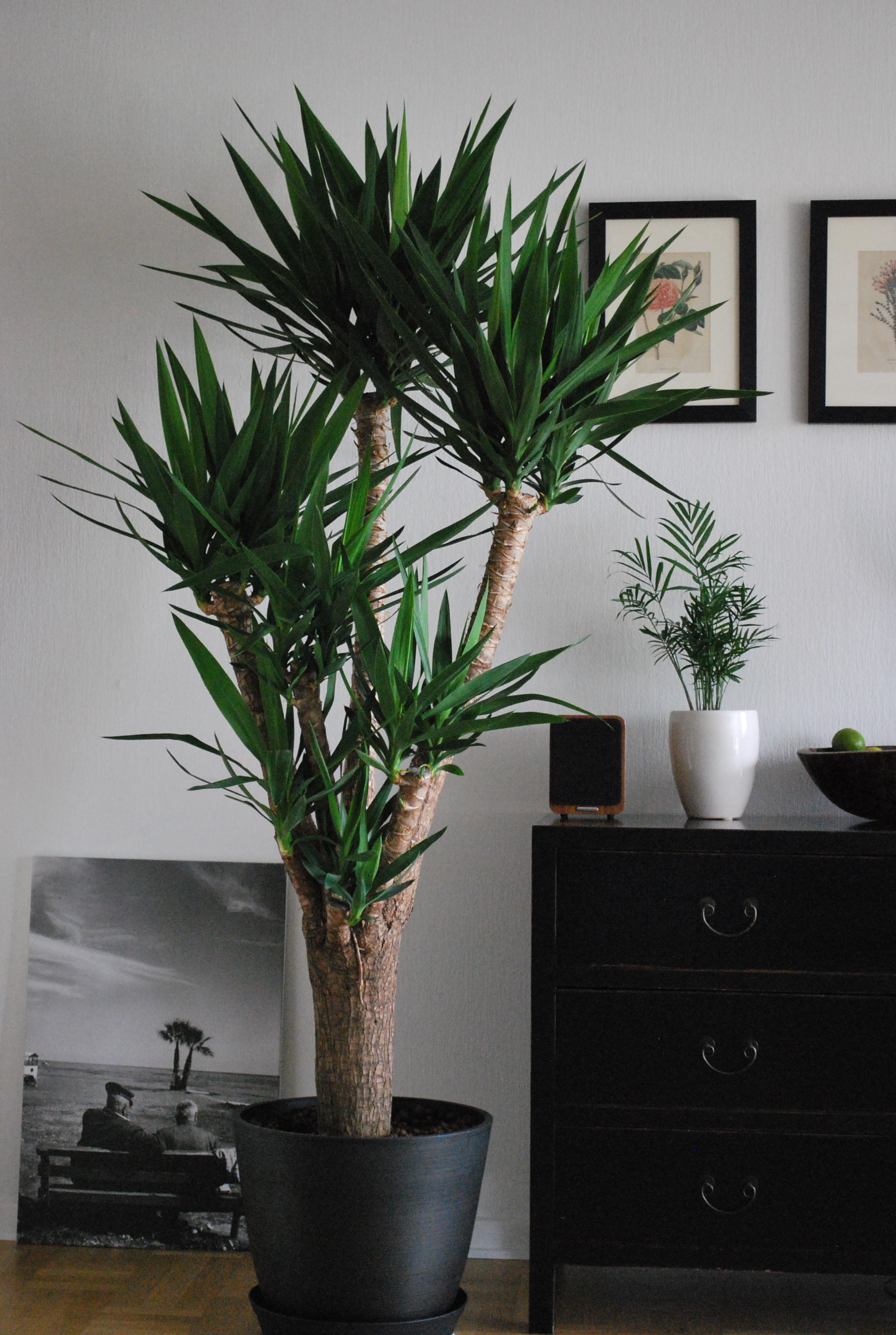
8. Banana
Banana plants can be found in different locations all over the world, but mostly grow in sunny and humid spots. Admittedly, these weather conditions are difficult to replicate in the UK - and so British plant parents are already at a disadvantage. But this plant is the perfect way to experience the tropics from the comfort of your own home.
Warning: keep your eyes peeled for any spider mite!
What our designers say: The big leaves of the banana plant are known for their softness and slightly-curling lift. The generous deep-green foliage would be complemented by a textured, natural plant pot, taking inspiration from our wovenor basket planters.
Advice from a plant doctor: Banana plants need a good deal of direct sunlight, preferably 8 hours a day. Make sure that the soil is moist, even though this means a lot of watering during summer.
Size of pot needed: 15-25 gallons (55-95 litres).
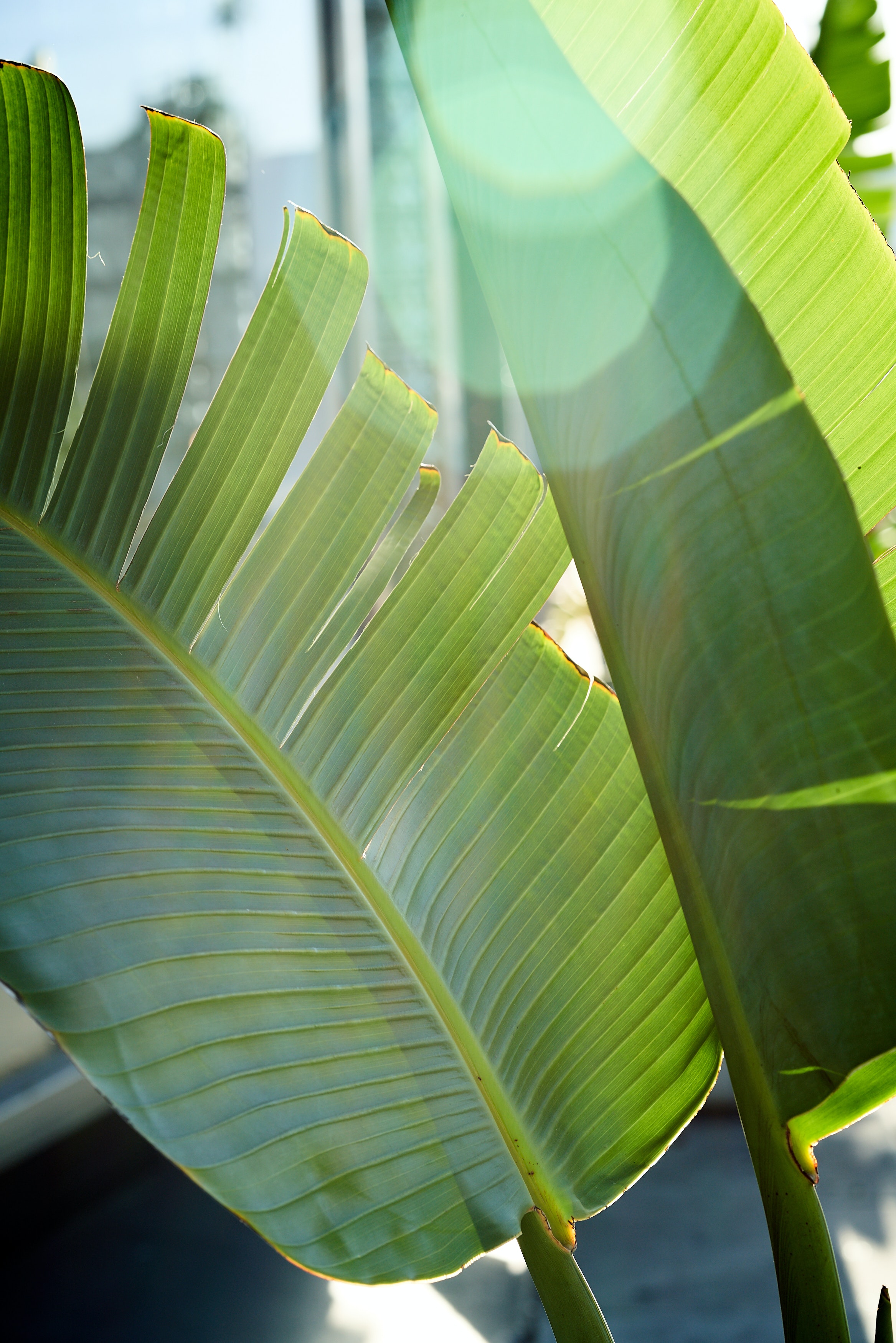
9. Lavender
It comes as no surprise that lavender is ranked within the top 10 house plants; its fresh and calming scent is able to diffuse the stress of being a full-time plant parent. Not only does the potent fragrance add a charming touch to any home, so does its purple flower that blooms from the green shrubbery.
Unlike other house plants, this plant doesn’t demand a great deal of humidity and makes for a vibrant window piece.
What our designers say: Finding the right pot for lavender is crucial - and not only for decorative purposes. The larger the pot, the better the fit, and our terracotta planter (embossed with a heart) presents the perfect love-match.
Advice from a plant doctor: The lavender plant needs plenty of sunlight and to be planted in well-drained soil. The plant also requires a good deal of trimming. Otherwise, it is likely to become woody.
Size of pot needed: 12-16 inches (30-40 centimetres).
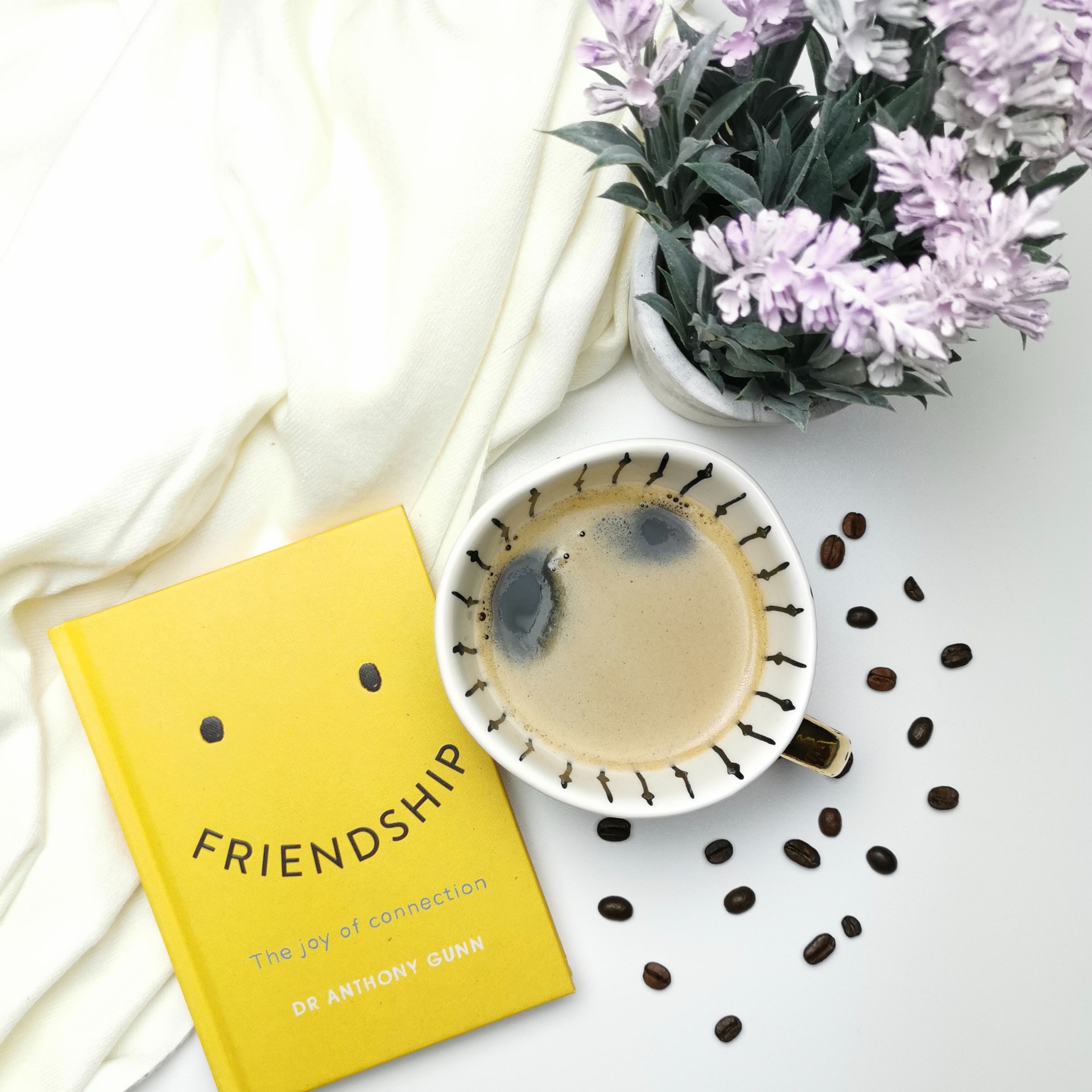
10. Dragon Plant
Don’t be scared away by the name of this plant. Called “Drago” for short, this subtropical tree is green and spiky, with red tips on its leaves.
It’s well-known for being (almost) indestructible and can survive a range of weather conditions (but thrives most in indirect bright light). The air-purifying and easy-going nature of the dragon plant make it an easy choice for home and office spaces.
What our designers say: The dragon plant is both unique in shape and colour, so doesn’t have a great deal of trouble catching the eye. We suggest planting this tree in an understated pot, again, both in shape and colour, to almost blend in with the plant (rather than attempting to fight against it - and failing).
Advice from a plant doctor: The dragon plant prefers indirect light and can make do with a modest amount. Dragon plants can easily be overwatered. They only need water once a week and even less during the winter.
Size of pot needed: 6 inches (15 centimetres).
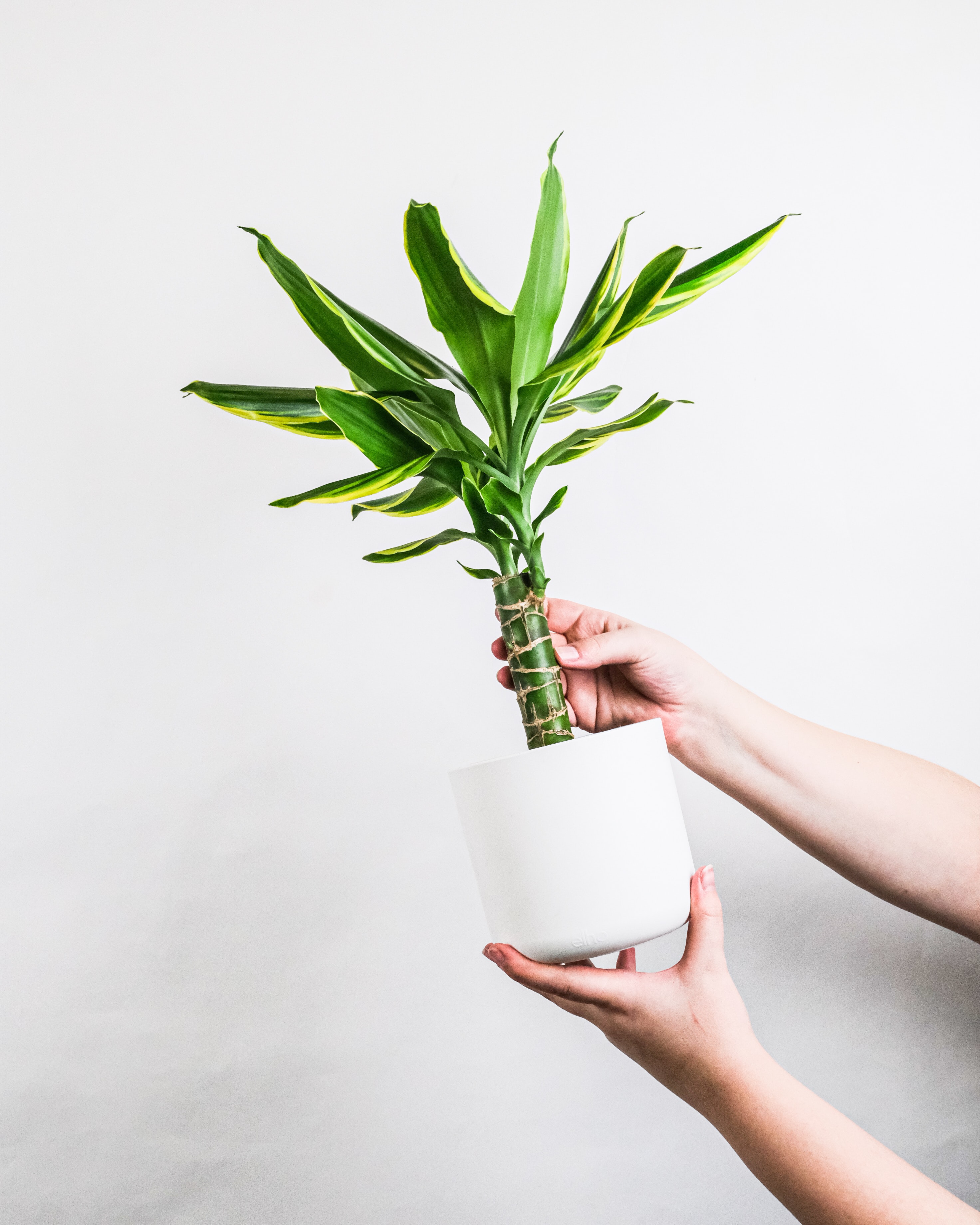
Plants for Pet Lovers
Another trend revealed by our research is that of pet friendly plants.
Over the course of the past year, the number of people bringing furry friends into their home has grown as we seek the comfort and companionship of cats and dogs. And while animals can live quite happily alongside plants, there are some important considerations in ensuring your plants are completely safe.
According to our research, the number of people searching for pet friendly plants has grown significantly.
- Searches for dog friendly plants have increased 210% year on year
- Searches for cat friendly plants have increased 107%
- The number of people searching for cat friendly plants is five times greater than the number searching for dog friendly plants
According to PetPlan, the following plants are safe for cats and dogs:
Chinese Money Plant
The Chinese Money Plant is often associated with feng shui and is said to bring good luck to the home. A small succulent, it works well in smaller spaces to bring a flash of colour with its white or pink flowers.
They can start in a smaller pot but the bigger the pot you put them in, the bigger they will grow! Our designers love the black and white sgraffito pot, with its geometric design and muted colours that really pop with the accent of the money plant’s green leaves.
Hibiscus
The hibiscus plant is a really bright plant characterised by the bulbus flower that is usually coloured in deep reds and pinks. It’s also a delicious tea!
The hibiscus plant can thrive indoors but it does need plenty of sunlight, so it’s best placed near windows, perhaps in the kitchen or other living spaces where they’ll get plenty of light through the day. It’s super bright colouring means it can stand up to bolder pot designs; try the mojave glaze planter in green for a real statement piece.
Prayer Plant
The prayer plant, also known as maranta leuconeura, is another bold statement plant, thanks to its deep green and white leaves. It gets its name from the fact the leaves fold in, like prayer hands, at night.
Prayer plants need to be kept moist, so it’s a good idea to accessorise with a mister like the ones you’ll find in our mojave glaze range. Pot wise, we love the combination of the prayer plant’s distinctive leaves with the geometry of the black triangles leggy planter.
Artificial / Fake Plants
Of course, real houseplants aren’t for everyone and our research has shown a 141% increase in people searching for fake or artificial houseplants.And the benefit of fake is that you can pick any plant of your choosing - including those which don’t actually exist in reality!
Accessorise your fake plants with bold and beautiful pots; we absolutely love this spotted leggy planter, perfect for any space!







